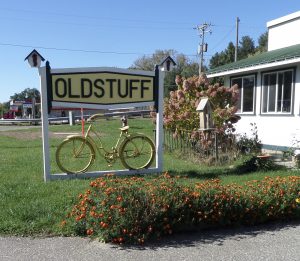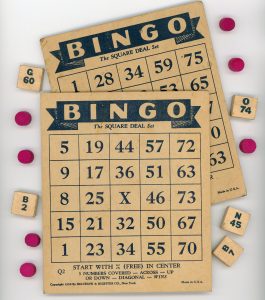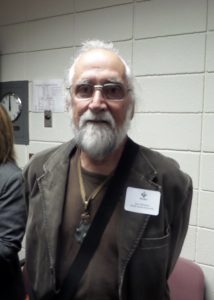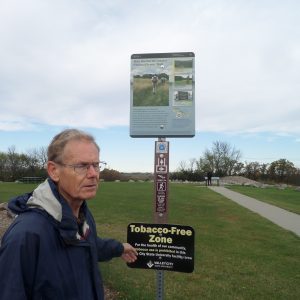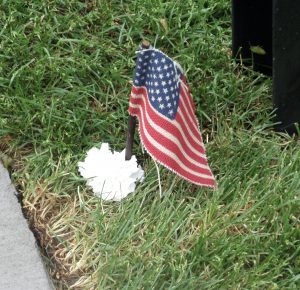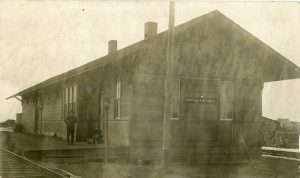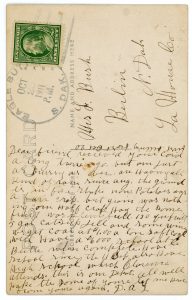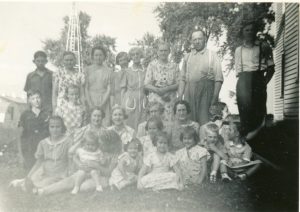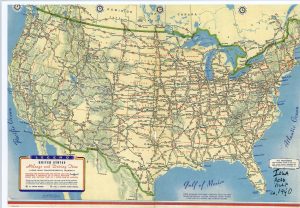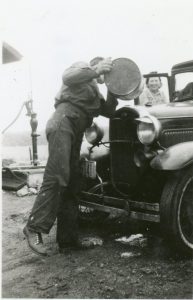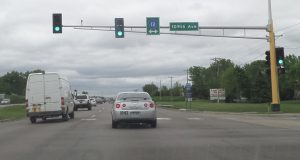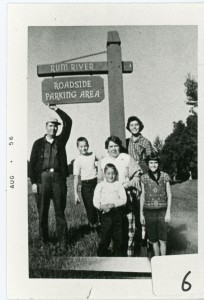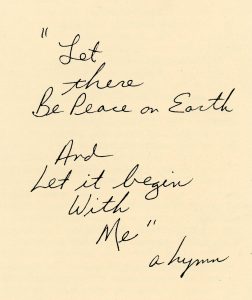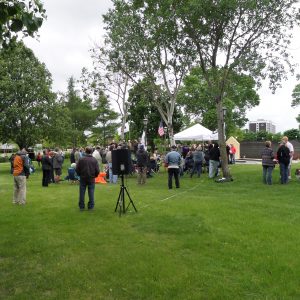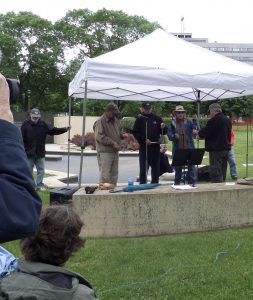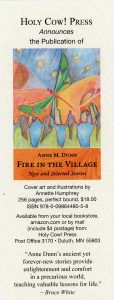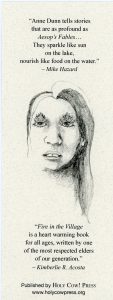SEE COMMENTS AT THE END OF THIS POST.
In my tradition, today is Easter. Whatever your tradition, this day, all best for a happy one!
(click to enlarge)
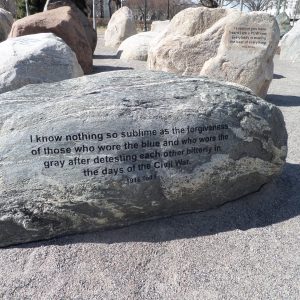
At the Stone War Memorial at the Minnesota State Capitol Mall, March 28, 2017. Each Minnesota County contributed a boulder on which part of a single war time letter was inscribed. This one is from Todd County Minnesota.
March 17 at this space, I posted about the film and movie, The Shack. You can revisit it here. At the beginning of that post, I very deliberately mentioned Columbine High School which became memorable April 20, 1999. At the end of that post I have now added my blogpost about The Shack written at the time I read the book in 2009, plus my Amazon review at that time. At the end of this post – postnote 1, below – is my unedited first rough draft thoughts about todays post, saved on March 19.
*
It’s been almost eight years since some friend told me about the book, “The Shack”, and now well over a month since I saw the film version in Littleton CO (see postnote 2 below). I have had some very interesting conversations about the book in the past month (including with myself!), and my antennae have been up to observe, as I say in the headline, “God Among Us”.
These are two repetitive thoughts this day:
1) Ours is an individualistic society, with a tendency to create God in our own image and to justify our own action. This is a real dilemma for organized hierarchical religion of all varieties, long accustomed to controlling the flock through one or another view of what God is, or is not.
2) We have great trouble dealing with forgiveness…of others, and of ourselves. The 1916 quotation on the boulder which leads this column merits long and very serious reflection and conversation.
*
Tenebrae on Good Friday evening at Basilica of St. Mary in Minneapolis – two days ago – seems to bring it all together for me at this moment in my history.
We were in a jam-packed church Friday night.
The stage for Good Friday had been set for me, personally, through a brief back-and-forth between two of us – long-time good friends – earlier in the day.
I’m a regular at Catholic Mass; my friend used to be. He has his reasons.
Some snips:
J: “Happy Easter from the Apostate. I haven’t been to a Good Friday service in ages… do they still pray for the conversion of the Jews?”
D: “Maybe we’ll go tonight and I’ll let you know…we visited Auschwitz, etc., in the spring of 2000, a mixed group of Jews and Catholics from Basilica and Temple Israel. About that time, the big story was the shakeup in the famous Oberammergau (sp?) Passion Play, where the big deal was the guilt of the Jews… But, I think, there is a relatively positive equilibrium at the moment….”
Seated, I leafed through the program booklet, and in the section, “Jesus Breathed His Last” on p.6, was this (click to enlarge):
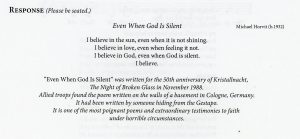
Tenebrae Program booklet at Basilica of St. Mary Minneapolis MN Good Friday April 14, 2017
The powerful service continued, and at page 12 in the booklet, came a prelude: “Remarks (Please be seated.)”
Presider and Basilica Pastor John Bauer began brief remarks by talking about the tragic history of Jewish – Catholic relations, and the strong impetus to change those relationships particularly in the time beginning with Pope John Paul II.
Then he introduced the speaker, Rabbi Sim Glaser of neighboring Temple Israel in Minneapolis.
I have heard Rabbi Glaser before, and we did go to Auschwitz with Temple Israel members in 2000, so what I and the others were about to hear was not a surprise.
I would summarize Rabbi Glaser’s very powerful remarks in this way:
1) There are three major Abrahamic religions: Jews, Christians, Moslems.
2) Jerusalem is important to all these religions.
3) We all live together in this world, and we need to relearn how to communicate with each other, rather than continue isolation and division.
I usher at Basilica often. I am sure that many of these people who Rabbi Glaser was addressing from this Catholic pulpit had not been in Church for a long while. Some may have been surprised.
The Rabbi had been introduced to much applause; when he returned to the pew, seated among all of us, the applause was even greater and sustained. This at a service where the final words in the program are “All depart in complete silence“.
I thought of my earlier conversation with my apostate friend, and about “The Shack”, whose focus (at least to me) is the need for forgiveness, of others, of ourselves.
A few hours earlier, my friend and I had closed our e-mail conversation.
J: “Heck, I go [to Catholic Mass”] fairly often… at least 2 Sundays per month at least, at St Joan… and I don’t even consider myself either Christian or Catholic….”
D: “Actually, I like going to church. It’s a good calming place for me. We’re a large diverse place so there’s all sorts of folks who wander in, including me, I guess.”
J: “Yep, calming… agree!”
The Shack? A novel followed by a movie. By traditional standards, perhaps, a purveyor of bad theology.
But what I witnessed at Basilica of St. Mary on Good Friday 2017 was the very essence of what I had read about and saw in “The Shack”. It may not seem like it, but people are beginning to get it. Let’s leave it at that.
Happy Easter.
*
POSTNOTE 1 – the early draft of this post, March 19, 2017: This post begins with two pages from an 1896 8th grade Geography book, used by my grandmother when she was in 8th grade – the final year she went to school at a Catholic school in Wisconsin, not far from Dubuque IA. It speaks for itself. (Click a second time and you can enlarge both).
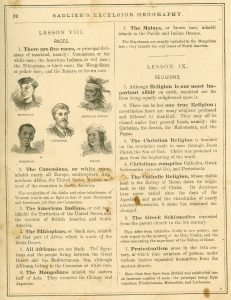
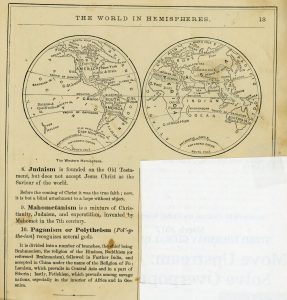
The above was 131 years ago, in the United States of America, in a textbook sanctioned by my Church, the Catholic Church. It was the basis of instruction for 8th graders in a Catholic School.
We have changed, and I think very much for the better. But where we started was dismal, and for some what the standard should still be.
POSTNOTE 2: We saw the film, the Shack, literally across the street from “Cross Hill“, overlooking Columbine High School in Littleton CO. By sheer coincidence, I was visiting my family in Littleton five days after the massacre on April 20,1999. We joined the throng of people who slowly moved up that “hill” of construction remnants, to see the crosses that had been planted there by a man from another state for each of the victims killed that terrible day. It was incredibly moving.
It is long ago, now, so I don’t remember precisely, but in my memory, the day we reached the top, two of the crosses in that line had been cut down – the ones erected for the killers, the two students who had killed the others and then themselves. They, too, had perished, but denied standing as having also been killed.
In effect, they had been denied the right to be grieved – two more lost lives on an awful day.
My son and I walked up that same hill little over a month ago, and there is now a permanent monument – presently being reconstructed – remembering those killed 18 years ago.
But the killers seem to appear nowhere in todays monument, at least nowhere I can see. I can see the reasoning. At the same time, how long will it be till we can forgive, to echo that letter in the photo above, written in 1916, about the Civil War 60 years earlier.
In my opinion, unwillingness to forgive others, and ourselves, is the blind-side of forgiveness that affects every one of us. No one need qualify for forgiveness. To me, that seems to be the essence of this day, Easter Sunday, April 16, 2017.
Have a great day, and all which follow.
COMMENTS:
from Flo: Amen.
from Jermitt: Wonderful testimonial, wonderful historical story of your Grandmothers education and great lesson on forgiveness for everyone.
from Larry(wordchipper@gmail.com, with permission): Found your pieces on “The Shack” and Good Friday in your Roman Catholic Church to be thought stimulating. Will watch for the book and/or movie. I’ve bypassed the book several times but your article prompts me to maybe read it or at least look at the movie.
Regarding the Roman Church, I have my problems with this body and not just because I’m a lifelong ELCA Lutheran. I have many dear friends – like you – who are Catholics and when my wife and I have visited places like Mexico and Hawaii, we’ve attended mass at the most prominent landmark in any village, the Catholic cathedral. I find your church’s emphasis on string instruments and piano refreshing. I’m with Garrison Keillor on protesting against overly-enthusiastic organists. We have them in our church and, apparently, they’re also playing loudly in Mr. Keillor’s.
But my concerns today with your church have to do with their heavy-handed role in American politics. Although it raises my blood pressure, I listened to Catholic media, both radio and television, featuring endless praise for Donald Trump because of his stand on “abortion,” although his stance on anything, including abortion, is a bit suspect. The commentators on Catholic media sounded like they took their training from Fox News. Horribly one-sided. I called into one national program and reminded two of the on-air expounders, who were praising Republicans and blasting Democrats, that it was Democrats who put across the Civil Rights Act, Medicare and Medicaid, and fought for working class people, many of whom belonged to unions and were good Catholics. Also, because I’m “pro-choice,” does not mean I’m against life. I believe Republicans and Catholics ought to care as much about babies who are born – through health care, education, and so forth – as they are about getting between a doctor, his or her patient, and the patient’s God, or no religious belief. Our Republican legislators in North Dakota, many of whom are Catholics, cut health care programs for women and others but pass unconstitutional measures that waste tax dollars on wild goose chases that do nothing but please the Roman hierarchy.
Noting the personal morality record of Mr. Trump, multiple divorces, not paying subcontractors, and proposing to cut health care while investing more money with the Daddy Warbucks of the country, I just don’t get it why the Roman Church in the USA is so in love with Trump and expressed such hatred for Mrs. Clinton. They preached their right-wing philosophy so strongly during the Presidential campaign that, I believe, the should have lost their 501-3c tax exemption.
Response from Dick: Larry, it’s a rather daunting task to take on your response. I just googled the words “Catholic census” and the first link was a reputable one, Pew Research, that says there are over a billion Catholics worldwide, half of the Christians. The whole global population is over 7 billion. I usually hear that Minnesota has about 20% Catholics; the U.S. about 25%. That’s lots of folks, and I know from long experience that they aren’t all alike.
I was in college in the transition from the old to the new Church – 1958-61. Generalizing is dangeous, granted, but I think I can fairly say but “authority” took a hit in the post-Vatican II era. This was great for many Catholics; “the pits” for many as well. In one sense or other this battle is joined every day in one way or another.
Personally, I’m on what I’d call the social justice side of the debate within the church. I’m sure the authoritarian side would also say they’re for social justice, but they’re more into control, often played in the assorted debates that you cast concern about in your state (which is a state very familiar to me.)
I choose to stay within the Church. I don’t see it doing much good to drop out and start over in some other denomination. Those I would call “authoritarians” are not comfortable with the current Church, which is fine by me. The Catholic Church, like many Christian churches (and others, doubtless) has a very long history of authoritarianism, going all the way back to Constantine’s embrace of Christianity as essentially the state Church of the Roman Empire about 300 A.D. In general, where the ruler went, the people went. Some places, everybody was Lutheran; other places, something else. in the olden days sense, we’re sort of in the wild west.
I think I’ll leave it at that, except to emphasize once again Rabbi Glaser’s advice at my Catholic Church on Friday: we need to look at and talk with each other. That is risky, but the only way to break the current and very unhealthy stalemate. Just my opinion.
A LETTER: On April 17, I sent a letter to the Denver Post. I almost immediately got a call back that they were interested, and I expected it would be printed. Thus far (Apr 26) I haven’t seen it printed. So here it is:
Last month we were in Denver to visit family. I asked to visit “Cross Hill”, the place above Columbine dating back to just after April 20, 1999. March 11, 2017, we walked to the memorial.
April 25, 1999, I was in Littleton to visit the same family, who then and still, lives little more than a mile from Columbine. In a steady rain, four of us patiently trod up to those new crosses.
At the top were two fewer crosses than originally set in the ground. Those two were those raised for the killers, also students, who also perished that day. Those crosses were cut down.
I know the reasons those crosses came down.
Today I speak to the need, in my opinion, to recognize once again these two students whose personal demons led to the heinous results. They were victims too.
Forgiveness is difficult. Consider it, seriously.

